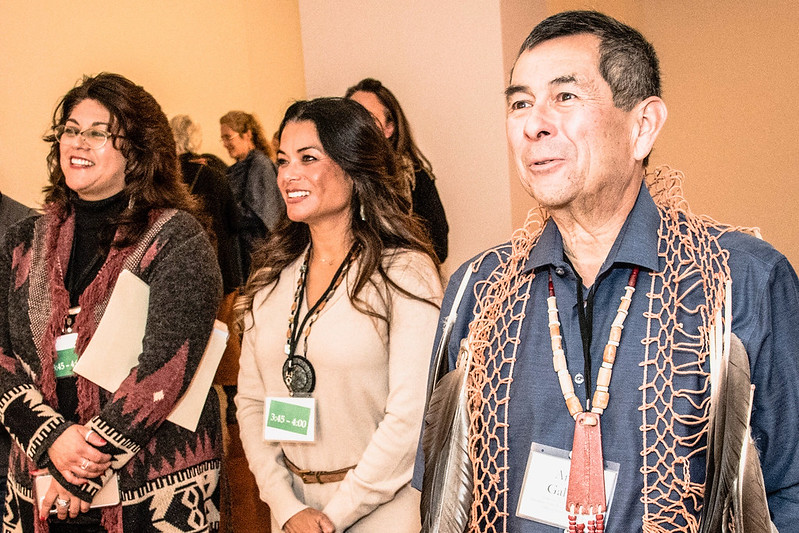Horše Túuxi (hor-sh-eh troo-hee). Good day, hello in the Native Chochenyo Language. This page is dedicated to Ohlone people past and present, on whose land Santa Clara University is built. This website provides guidance and resources for learning and teaching about Ohlone people, heritage, and the history of Thámien, the Ohlone village located at what is now the site of Santa Clara University.
These materials have all been selected or approved by Muwekma Ohlone Tribe and Ohlone Indian Tribe members who trace their ancestry through Mission Santa Clara, among other Bay Area missions. Non-Native SCU faculty have developed this guide for faculty, staff, students, and community members, including educators, to provide educational resources that align with the interests and commitments of the living descendants of the original inhabitants of these lands.
The readings and activities here are tailored to college-level audiences but are meant to provide inspiration and models for broad interdisciplinary adoption of this content in a range of courses and learning contexts outside of the university as well. The resources are evolving and we hope that more and better materials will continue to become available as the work to recover Ohlone history and revive language and culture continues within and beyond the tribal community. Please check back for new materials and resources, use the suggestion form, and/or contact us directly at heritagelab@scu.edu with questions or suggestions.
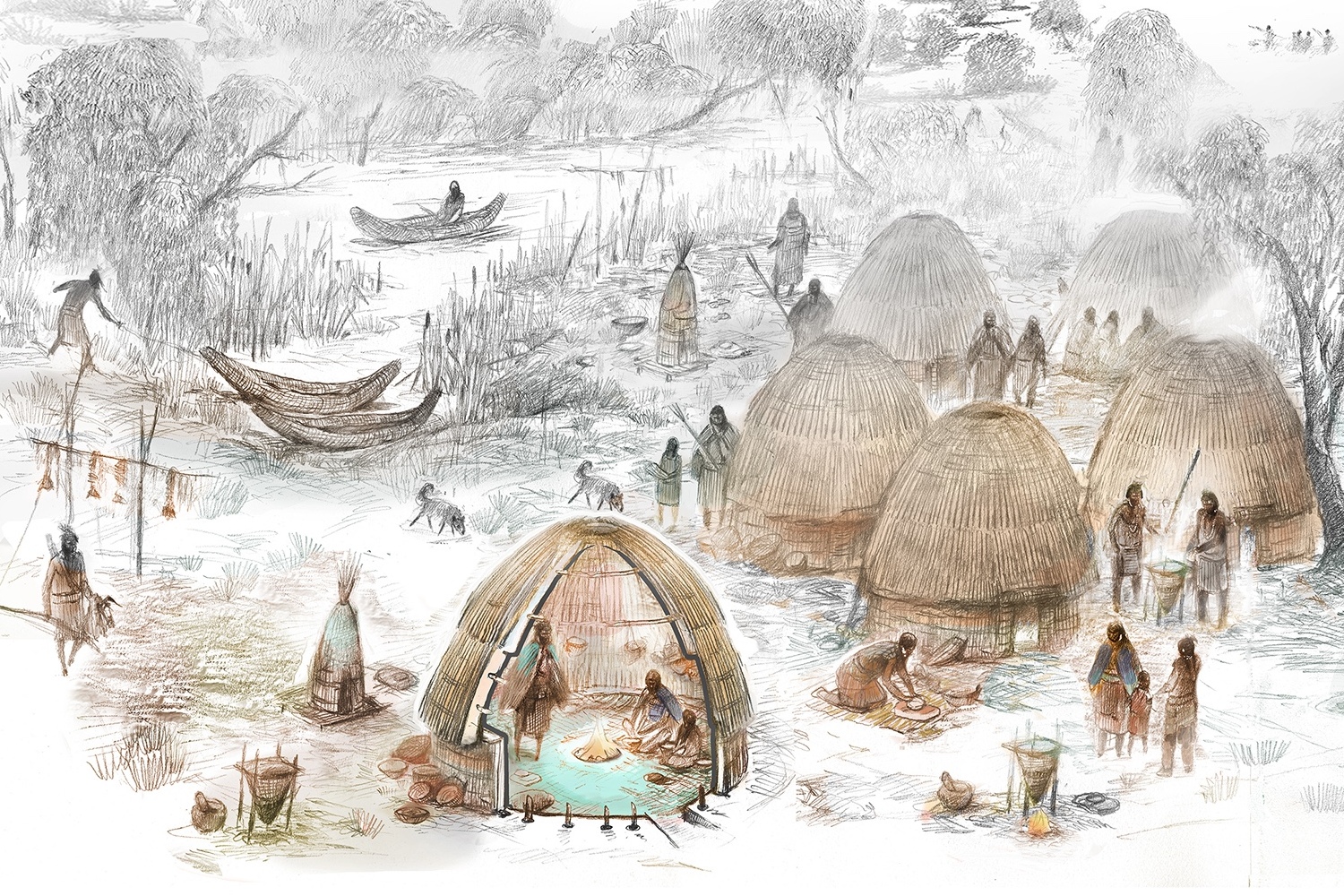
Whose land is this anyway?
Which California tribes trace their history and ancestry to this land?
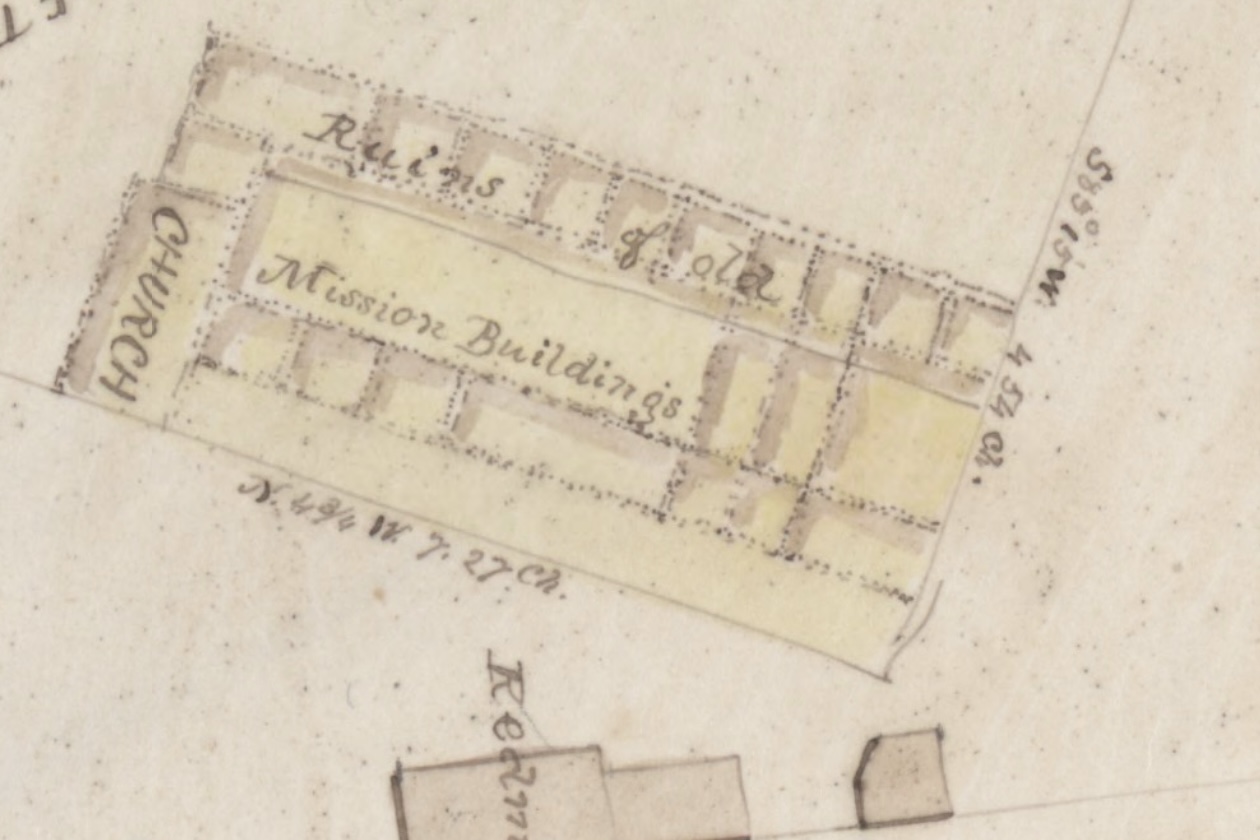
What is the role of Mission Santa Clara in Ohlone history?
What is Santa Clara University’s particular responsibility to this history?
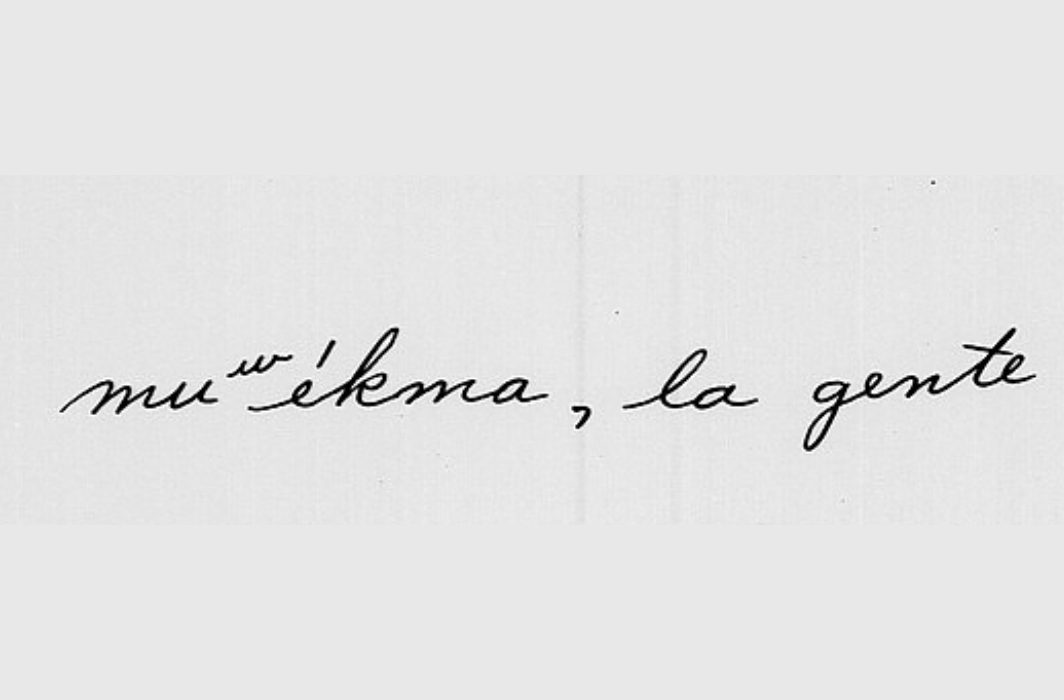
How should I talk about Native heritage and culture?
What are the preferred terms I should use, and what are the linguistic and cultural histories of these terms?
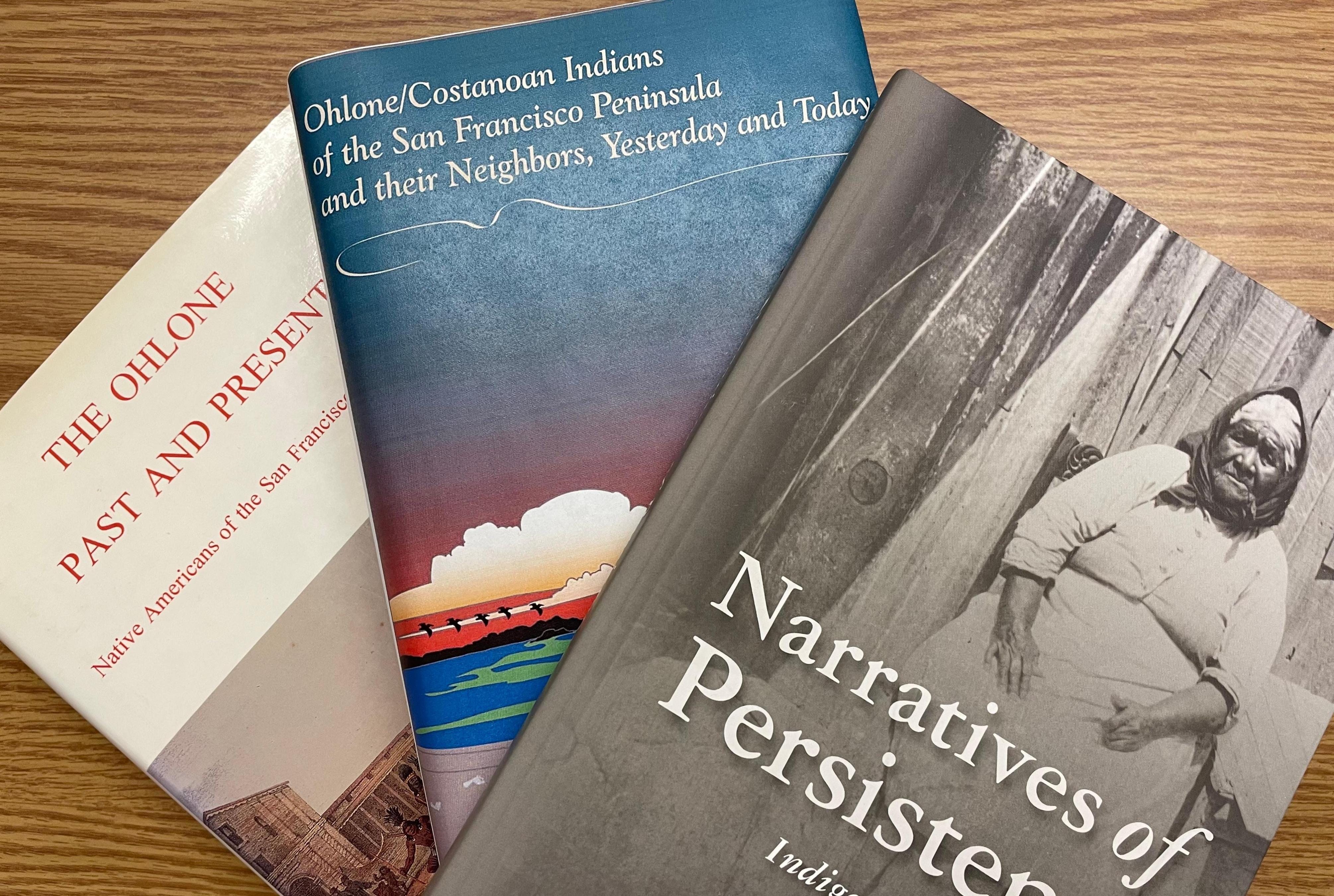
Learning More
What are the most trusted sources of information for my field or area of interest?
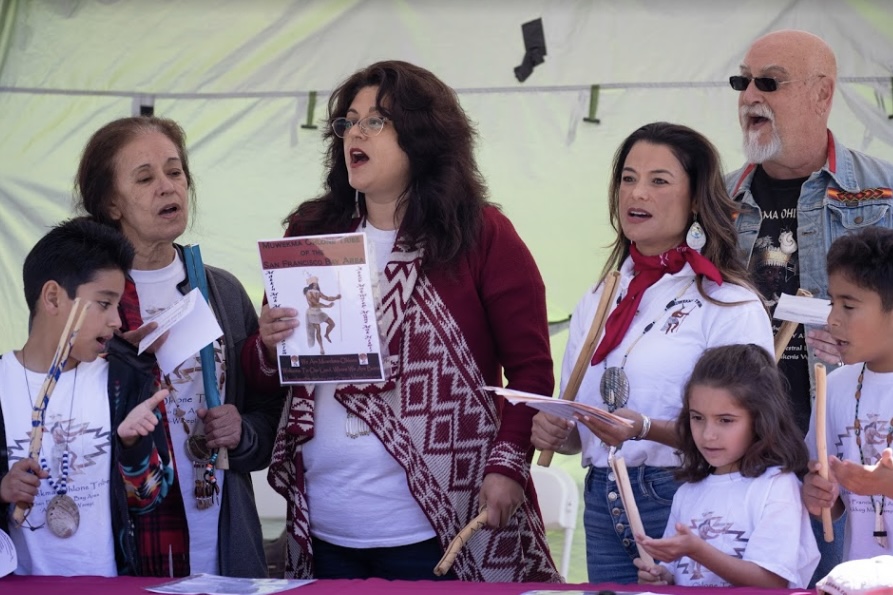
What are Ohlone people currently working on, and how can I get involved?
The Ohlone are here, still. You can learn about them and some of their work here.
